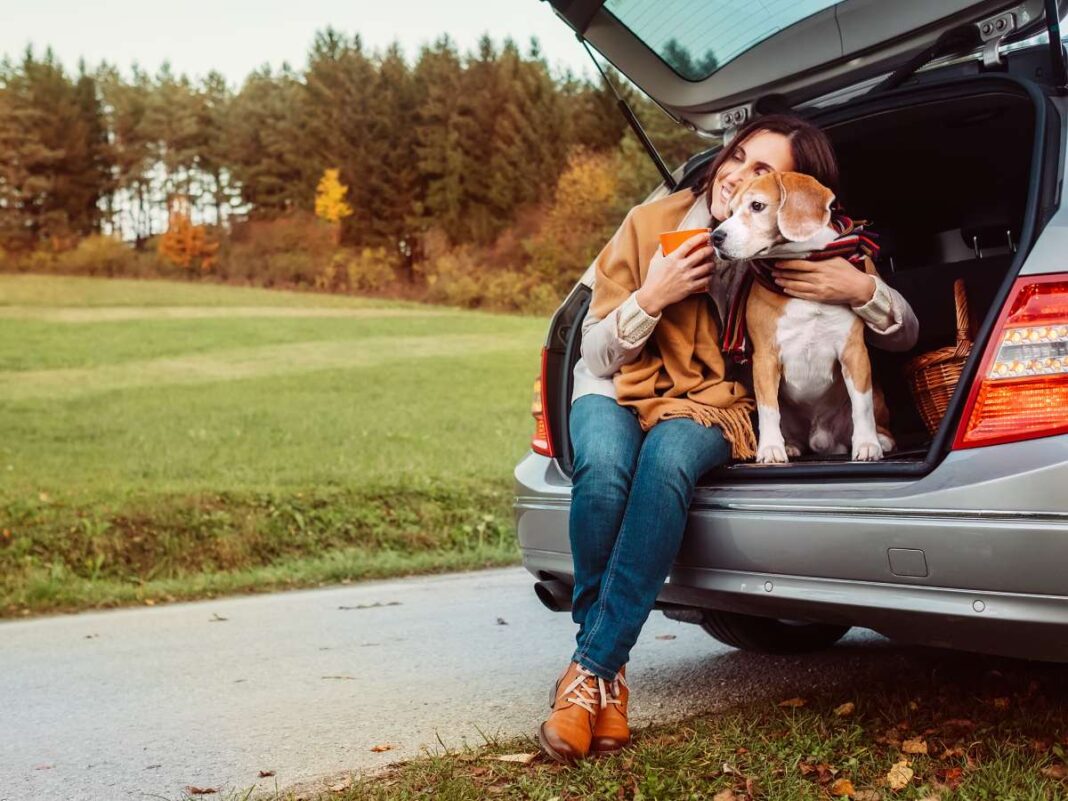Traveling with your furry companion is the most rewarding experience, as it can strengthen the bond between you and create unforgettable memories. However, the logistics of planning a pet-inclusive trip can be daunting. With the right preparation and mindset, you can navigate the challenges and enjoy a smooth journey alongside your companion.
Understanding Your Pet’s Needs
Before embarking on any trip, it’s essential to assess whether your pet is suited for travel. Consider your pet’s health, age, and temperament. Some animals thrive on adventure, while others may experience anxiety in new environments. Consult your veterinarian to ensure your pet is vaccinated as required and is healthy enough to travel. This step is crucial, especially if your pet is a senior or has medical issues.
Microchipping your pet and ensuring they have proper identification tags can provide peace of mind in case they get lost. According to the Best Friends Animal Society, identification measures are essential alongside carrying vital medical records. Pets should also be secured safely during travel, whether in a crash-tested carrier or harness. Pets should never be left loose in vehicles, as they can pose a risk to both the pet and the driver.
Choosing the Right Mode of Transportation
Road Trips: Flexibility and Comfort
Traveling by car often provides the most flexibility when bringing a pet. Road travel is generally the best option for pets because it offers flexibility for breaks and emergency vet visits. Ensure your pet is secured in a crash-tested harness or carrier to prevent injury and minimize distractions while driving. Pets should not ride with their heads out of windows, as this can lead to accidents or injuries.
Air Travel: Proceed with Caution
Air travel with pets can be more complex. Non-service animals typically need to fly in the cargo hold unless they are small enough to fit under the seat. Air travel poses more complexities, and regulations differ by airline, destination, and pet characteristics. Before booking, research airline policies thoroughly and book early to secure spots for your pet. For international flights, be aware of quarantine requirements and import laws, which may affect your travel plans.
Alternative Options
For those seeking luxury, options like pet-specific private pay-per-seat charters allow pets to roam in the cabin. However, these can be cost-prohibitive and are limited to specific routes.
Packing Essentials for Your Pet
Being prepared can alleviate many stressors associated with traveling with a pet. Pack a travel kit that includes:
- Food and bottled water to maintain their regular diet and prevent stomach upsets.
- Medications and a pet first-aid kit.
- Leash, collar with ID tags, and waste disposal bags.
- Comfort items like toys and blankets with familiar scents to reduce anxiety.
According to the ASPCA, a pet-friendly travel kit is essential, containing food, water, a leash, waste bags, grooming supplies, medication, and a first-aid kit.
Finding Pet-Friendly Accommodations
Securing pet-friendly lodging is a crucial part of your planning. Use resources like Furnished Finder to locate pet-friendly housing. When booking, ask:
- Does the hotel allow pets, and what are the restrictions or fees?
- Are there size or breed limitations?
- Are there nearby areas for walking or exercising your pet?
If you’re considering Airbnb or other vacation rentals, check destination-specific pet regulations, as some areas have breed bans or other restrictions.
Preparing Your Pet for the Journey
Get your pet accustomed to travel. Take them on shorter drives first. This gradual introduction can help reduce their mental discomfort and keep them calm and more comfortable with being in a vehicle. For air travel, familiarize your pet with their carrier ahead of time.
Pets should be gradually eased into wearing protective gear, such as harnesses, to prevent escape during transit. Using calming aids like sprays or anxiety vests can also help keep your pet relaxed during the trip.
Things to Consider During the Trip
Maintaining Routine
Keeping your pet on a regular feeding and exercise schedule can help reduce stress. Make sure you take regular breaks for your pet to stretch, relieve themselves, and burn off energy. Regular rest breaks should be incorporated into travels, advises the ASPCA.
Safety First
Remember, do not leave your pet alone unattended in a parked vehicle. Pets can quickly become hot or cold, posing serious health threats. Always ensure your pet is secure when entering and exiting the vehicle to prevent escapes.
Monitoring Health
Keep an eye on your pet for any signs of distress or illness. Motion sickness in pets can be mitigated with veterinarian-recommended medications. If you’re concerned about your pet’s well-being, don’t hesitate to contact a veterinarian or an animal poison control center.
Managing Long Stays and Workdays
If your trip involves long days where you can’t be with your pet, consider services like Rover to find dog walkers, pet sitters, or daycare facilities. This ensures your pet gets the attention and exercise they need while you’re occupied.
Embracing the Experience
Traveling with your pet can be incredibly rewarding. Pets can provide companionship and help combat homesickness, especially during solo trips. Travel nurse Courtney Aragon shares that traveling with her dog Athena has strengthened their bond and enriched their experiences. Embrace the adventure, and don’t be afraid to connect with other pet owners along the way.
Conclusion
With careful planning and consideration, traveling with your pet doesn’t have to be overwhelming. By assessing your pet’s needs, preparing thoroughly, and maintaining flexibility, you can enjoy a memorable journey together. Remember, the goal is to keep both you and your pet happy and stress-free, ensuring you return home with wonderful stories and an even stronger bond.
